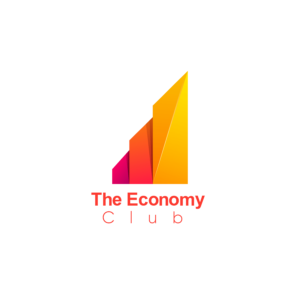NEW YORK: A revolt by junior Goldman Sachs’ bankers over work weeks that can stretch to as long as 105 hours has inspired both schadenfreude over discontent at the storied investment bank and wider debate about the future of work after the coronavirus disease (COVID-19) pandemic.
The erosion between office and home boundaries during the pandemic means many white-collar workers can relate on some level to the complaints, even if the plight of elite young bankers seeking riches does not inspire sympathy.
The issues underlying the Goldman Sachs controversy are “reflective of a broader problem,” said Temple University sociologist Kevin Delaney, author of “Money at Work: On the Job with Priests, Poker Players and Hedge Fund Traders.”
“People feel the boundaries have disappeared between work and leisure and work and life. A lot of people are struggling with it because they are not sure when they are allowed to take time off.”
In the wake of the dustup, Goldman Sachs Chief Executive David Solomon has urged staff to respect a firm-wide policy of not working on Saturdays, and praised the young staffers for speaking up.
The gripes were felt beyond Goldman’s corner of Lower Manhattan. Citi Chief Executive Jane Fraser this week announced “Zoom-Free Fridays” and urged workers to take their vacation time, adding that she planned a few days off “knowing I will come back with a fresher brain.”
Jennifer Moss, a syndicated columnist who specializes in workplace issues, praised the moves, but said employers will need to follow through if they want to maintain their staff after the pandemic.
The upheaval of the past year — along with efforts to improve diversity at top firms — creates the potential for improving work culture. But experts caution change is not easy.
“It needs to be this mind shift, but this is a great start,” Moss told AFP. “It’s a legacy of overwork that has been institutionalized.”
Compared with other options, being overworked could be viewed as a preferable plight during the pandemic. Government data show millions of people in the US remain out of work.
But among those still with jobs, mental burnout is on the rise.
In a February article in the Harvard Business Review, Moss said the disruption has been especially pronounced for younger staff.
One millennial quoted in the story said they encountered professional roadblocks as well as negative health effects from diminished opportunities to exercise.
A survey of 1,500 workers showed 85 percent reported their well-being had declined and 55 percent said they felt like they had not been able to balance their home and work life, according to Moss. Possible steps to remedy the situation include establishing a manageable workload and a mental health resource page for staff as part of a strategy to destigmatize the issue.
Solutions must go beyond self-care steps such as yoga and meditation apps, Moss argues, adding: “We desperately need upstream interventions, not downstream tactics.” All of the young Goldman bankers felt their work hours had negatively impacted relationships with friends and family and also created unrealistic deadlines.
Most also reported feeling as though they experienced workplace abuse and were shunned in meetings, according to an 11-page presentation complete with statistics and graphs, not unlike what the bank would prepare for a client.
“There was a point where I was not eating, showering or doing anything else other than working from morning until after midnight,” said one of the staff members surveyed.
That the staffers spoke up is characteristic of a generation who “were encouraged to raise their hands,” said Paul McDonald, senior executive director for human resources consulting firm Robert Half, adding that younger employees expect a more collaborative work culture.

Pandemic fuels travel boom in virtual realityA year after pandemic cleared out offices, WeWork is back

